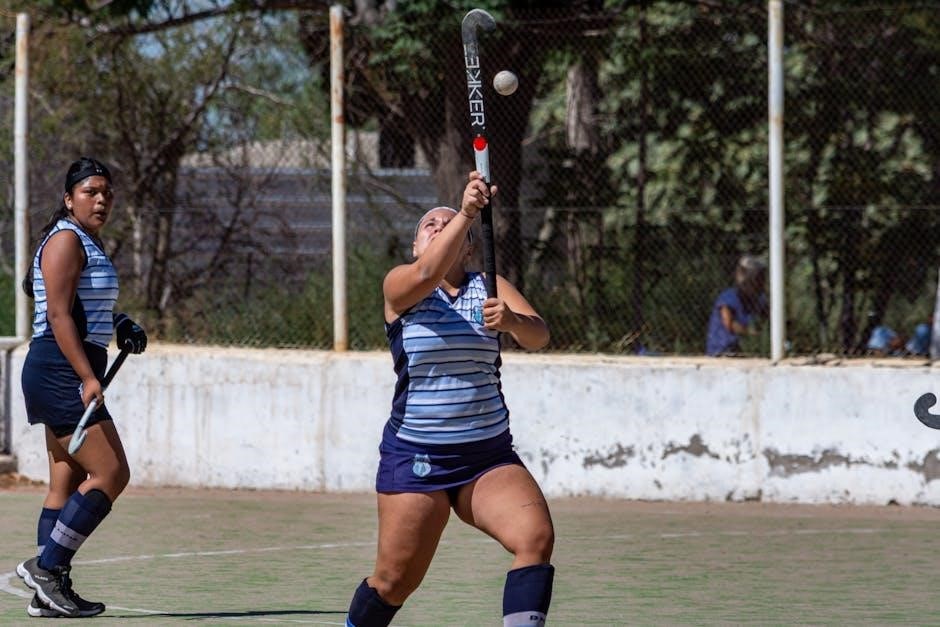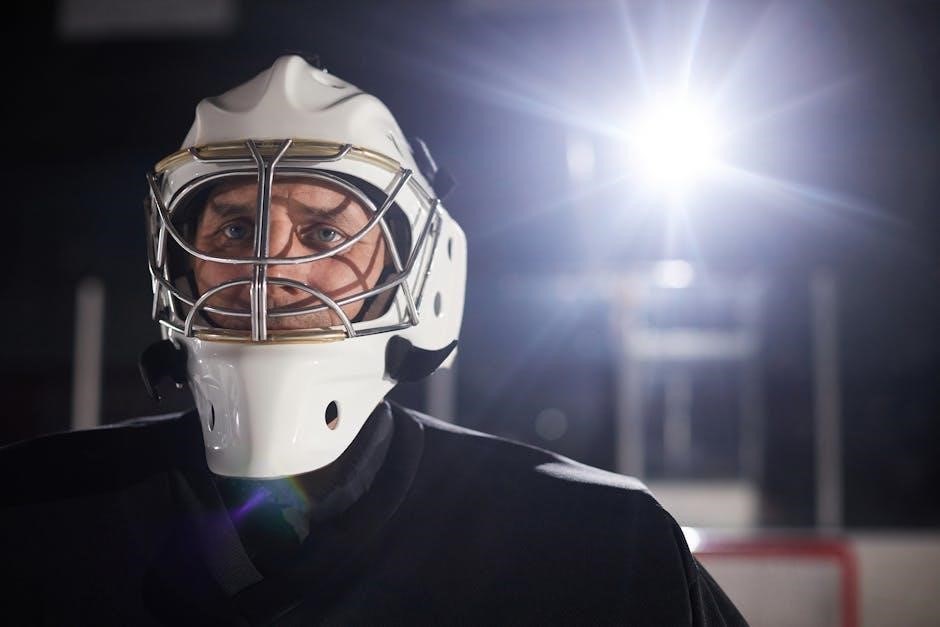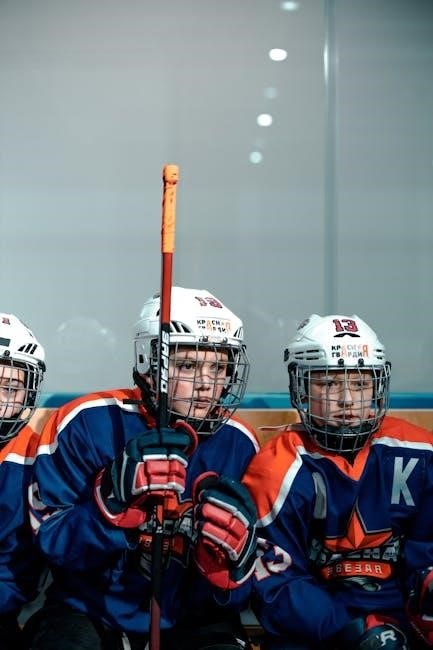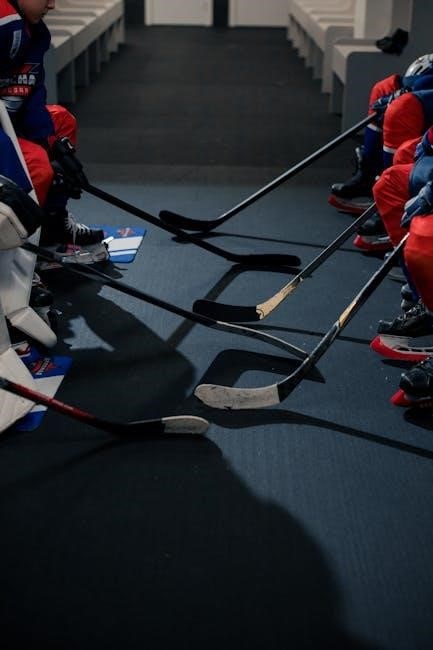
Choosing the right hockey stick size is crucial for performance and comfort. This guide covers key factors like stick length, flex, lie, blade size, and material options to help you make an informed decision.

Proper hockey stick sizing is essential for optimal performance, comfort, and safety on the ice. A stick that is too long or too short can hinder your ability to control the puck, shoot accurately, and maintain balance. The right size ensures better handling and reduces the risk of injury. Stick sizing depends on factors such as height, weight, age, and playing position. For instance, goalies require sticks with unique features, while forwards and defensemen have different needs. This guide will walk you through key aspects like stick length, flex, lie, blade size, and material options to help you find the perfect fit. Whether you’re a seasoned player or a beginner, understanding how to size your stick correctly can elevate your game and enhance your overall hockey experience.
Importance of Proper Stick Length
Proper stick length is critical for effective performance in hockey. A stick that is too long can make it difficult to handle the puck and maintain control, while a stick that is too short can limit your reach and shooting power. The ideal stick length allows you to stand with your skates on and hold the stick upright, with the blade flat on the ice. The stick should reach just below your chin when standing upright. For younger players, the stick should be proportionate to their height and skill level. Proper stick length ensures better balance, accuracy, and power in shots and passes. It also reduces fatigue and improves overall skating efficiency. Stick length is a foundational aspect of equipment sizing, directly impacting a player’s ability to perform at their best. Ensuring the right fit is essential for both beginners and experienced players to maximize their game performance and comfort. A well-sized stick enhances control and confidence on the ice.

Understanding Stick Flex and Weight
Stick flex and weight are crucial factors in selecting a hockey stick. Flex refers to how much the stick bends during a shot, with higher flex ratings indicating stiffer sticks. A proper flex rating matches your strength and playing style, allowing for efficient energy transfer during shots. Lighter sticks improve handling and quickness, while heavier sticks provide durability and power. For younger players, a lower flex rating is recommended to accommodate smaller frames and developing strength. Materials like carbon fiber and composite blends significantly impact both flex and weight, offering a balance between performance and longevity. Players should consider their position, skill level, and personal preference when choosing a stick’s flex and weight. Proper flex and weight ensure optimal performance, comfort, and longevity of the stick. Balancing these elements is key to enhancing your game and preventing fatigue. The right combination of flex and weight can elevate your control, accuracy, and overall playing experience.

Stick Lie and Its Impact on Performance
Stick lie refers to the angle between the shaft and blade of the hockey stick. It plays a significant role in how the stick handles the puck and performs during gameplay. A proper lie ensures better puck control, shooting accuracy, and passing precision. Sticks are available in different lie options, typically ranging from 5 to 7, with 6 being the most common. A lower lie (e.g., 5) means the blade is more upright, while a higher lie (e.g., 7) means it is flatter. Forwards and offensive players often prefer a lower lie for better puck manipulation, while defensemen and goalies may opt for a higher lie to improve reach and stability. The lie should complement your skating style and position, as it directly affects how the stick interacts with the ice and the puck. Choosing the right lie enhances your overall performance and ensures a more comfortable, effective playing experience.
Blade Size and Shape Considerations
Blade size and shape are crucial for puck control, shooting, and overall performance. The blade’s dimensions and contour determine how well you can handle and manipulate the puck. A smaller blade offers better precision and control, ideal for forwards and players who prioritize stickhandling. Larger blades provide more surface area for passing and shooting, often preferred by defensemen and players who value power over finesse. Blade shape varies, with options like round, square, or tapered edges, each affecting how the puck behaves. The toe of the blade can also be rounded or square, influencing puck movement and lifting. Players should choose a blade size and shape that aligns with their playing style and position, as it significantly impacts their ability to control and shoot the puck effectively. Proper blade dimensions enhance accuracy, power, and control, making it a key factor in selecting the right stick.
Material Options for Hockey Sticks
Hockey sticks are made from various materials, each offering unique benefits. Wooden sticks are traditional, durable, and provide a solid feel, but they are heavier and less common in modern hockey. Composite sticks, made from carbon fiber, fiberglass, or a mix, are lightweight, offer excellent energy transfer, and are preferred by most players for their performance. Hybrid sticks combine wood and composite materials, balancing weight and durability. The choice of material affects stick weight, flexibility, and overall performance. Players should consider their playing style, position, and personal preference when selecting a material. Composite sticks are ideal for speed and precision, while hybrid or wood sticks may suit those prioritizing durability. Ultimately, the right material enhances a player’s ability to control and shoot the puck effectively, making it a critical factor in choosing the perfect stick.

Choosing the Right Stick for Your Position
Your position on the field or ice determines the ideal stick length, flex, and blade size. Goalies need longer sticks for blocking, while forwards and midfielders prefer shorter sticks for agility and control.
Goalie Sticks: Unique Features and Sizing
Goalie sticks are designed with unique features to enhance performance in net. They are typically longer than player sticks, ranging from 26 to 38 inches, to provide better reach and coverage. The blade is wider and more rounded, allowing for superior puck control and redirection. Goalie sticks often feature a thicker shaft and a more rigid flex to withstand high-speed shots. The lie is also more upright, enabling better balance and maneuverability. When sizing, goalies should ensure the stick reaches just below the armpits when standing upright, allowing for optimal blocking and handling. Proper sizing is crucial for maximizing protection and mobility. By selecting the right length, flex, and blade shape, goalies can optimize their performance and confidence in the crease.

Forward, Midfielder, and Defender Stick Requirements
Forwards, midfielders, and defenders each have unique stick requirements based on their roles. Forwards benefit from shorter sticks with softer flex, enabling quicker stickhandling and precise shots. Midfielders often prefer a balanced stick length with medium flex, providing versatility for both offensive and defensive play. Defenders typically use longer sticks with stiffer flex, allowing for better reach and stronger slapshots. Blade size and shape also vary: forwards may prefer smaller, more maneuverable blades, while defenders opt for larger blades for better puck control. Proper sizing ensures optimal performance, with stick length generally determined by skater height and position-specific needs. For example, forwards may prefer sticks reaching just above the hip, while defenders prefer sticks closer to chin height. This customization helps players excel in their roles, making stick selection a critical part of their equipment setup.

Measuring and Fitting Your Hockey Stick
Measure your stick with skates on, holding it upright. The blade should sit flat, and the stick’s top should reach just below your nose for optimal comfort and performance.
How to Measure Stick Length Based on Height

To determine the ideal hockey stick length, stand with your skates on and hold the stick upright in front of you. The blade should sit flat on the ice, and the top of the stick should reach just below your nose. This ensures proper control and mobility. For younger players or those with shorter reaches, the stick may come slightly below the chin. Height is a key factor, with most players using sticks that are 1-2 inches below their chin when standing. Use a sizing chart to match your height to the recommended stick length, but remember, personal preference and skating style can influence the final choice. Proper fit enhances performance, so take the time to test and adjust your stick length for comfort and effectiveness.
Adjusting Stick Length for Skating Style
Skating style plays a significant role in determining the ideal hockey stick length. Players with an aggressive, physical style may prefer a slightly shorter stick for better stickhandling and control. Conversely, those with a smoother, faster skating style often benefit from a longer stick, as it provides greater reach and leverage for shooting and passing. Forwards typically opt for a stick that allows quick, precise movements, while defensemen may choose a slightly longer stick for blocking shots and intercepting passes. Goalies require unique sticks designed for their position, with a larger blade and a longer shaft for better coverage. When adjusting stick length, consider how your skating style impacts your ability to handle the puck and maintain control. Proper fit ensures optimal performance, so test different lengths to find the one that complements your game.

Final Fitting and Comfort Check
The final fitting and comfort check are essential to ensure your hockey stick feels right during gameplay. Stand with your skates on and hold the stick as you normally would. The blade should lie flat on the ice when the stick is at your preferred height. If the stick feels too long or short, adjust it accordingly. Comfort is key; the stick should not feel overly heavy or cumbersome. Pay attention to how the stick balances in your hands—proper weight distribution enhances control. If you’re still unsure, test the stick during practice to gauge its performance. A well-fitted stick improves accuracy, power, and overall skating efficiency. Remember, even small adjustments can make a significant difference in your game.

Selecting the right hockey stick size is a critical decision that directly impacts your performance and comfort on the ice. By considering factors such as stick length, flex, lie, and material, you can ensure your equipment meets your specific needs. Proper sizing enhances control, accuracy, and power, allowing you to play to your full potential. Remember, a well-fitted stick is an extension of your body, and investing time in finding the right one is worth the effort. Whether you’re a seasoned player or just starting out, the insights in this guide will help you make an informed choice. Always prioritize comfort and functionality, and don’t hesitate to seek advice from experts or teammates if needed. With the right stick, you’ll be ready to take your game to the next level.